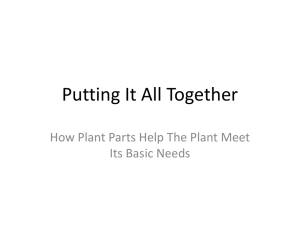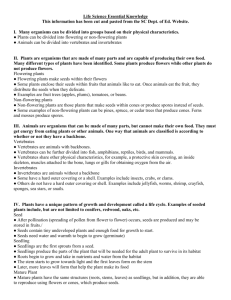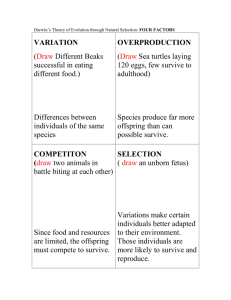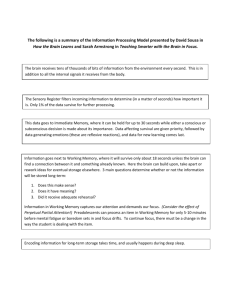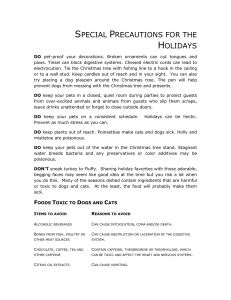science standards g2
advertisement
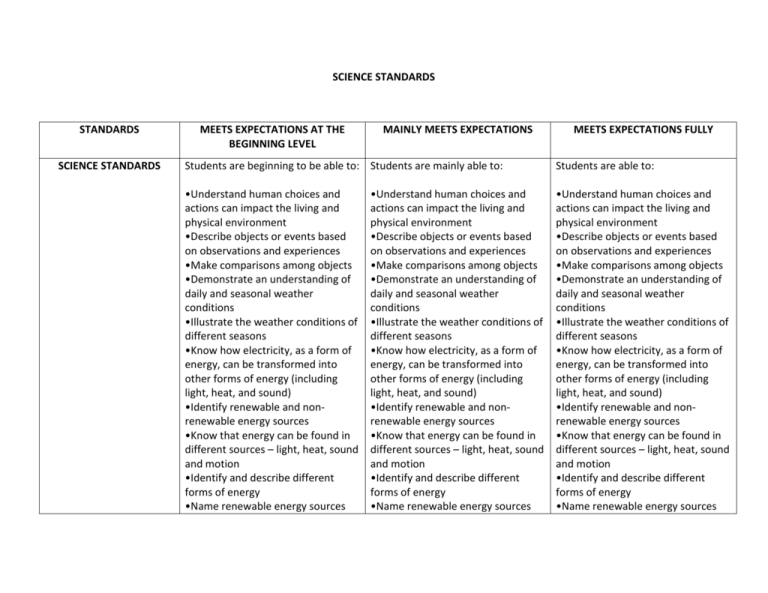
SCIENCE STANDARDS STANDARDS SCIENCE STANDARDS MEETS EXPECTATIONS AT THE BEGINNING LEVEL MAINLY MEETS EXPECTATIONS MEETS EXPECTATIONS FULLY Students are beginning to be able to: Students are mainly able to: Students are able to: •Understand human choices and actions can impact the living and physical environment •Describe objects or events based on observations and experiences •Make comparisons among objects •Demonstrate an understanding of daily and seasonal weather conditions •Illustrate the weather conditions of different seasons •Know how electricity, as a form of energy, can be transformed into other forms of energy (including light, heat, and sound) •Identify renewable and nonrenewable energy sources •Know that energy can be found in different sources – light, heat, sound and motion •Identify and describe different forms of energy •Name renewable energy sources •Understand human choices and actions can impact the living and physical environment •Describe objects or events based on observations and experiences •Make comparisons among objects •Demonstrate an understanding of daily and seasonal weather conditions •Illustrate the weather conditions of different seasons •Know how electricity, as a form of energy, can be transformed into other forms of energy (including light, heat, and sound) •Identify renewable and nonrenewable energy sources •Know that energy can be found in different sources – light, heat, sound and motion •Identify and describe different forms of energy •Name renewable energy sources •Understand human choices and actions can impact the living and physical environment •Describe objects or events based on observations and experiences •Make comparisons among objects •Demonstrate an understanding of daily and seasonal weather conditions •Illustrate the weather conditions of different seasons •Know how electricity, as a form of energy, can be transformed into other forms of energy (including light, heat, and sound) •Identify renewable and nonrenewable energy sources •Know that energy can be found in different sources – light, heat, sound and motion •Identify and describe different forms of energy •Name renewable energy sources most commonly used – hydropower, solar, wind, geothermal and biomass. •Investigate and explain how humans use technology to survive and explore •Know that new technologies build on models from the past •Know that energy is never made or destroyed it simply changes from one form to another or is moved from one place to another •Demonstrate an understanding of the special characteristics and needs of plants that allow them to survive in their own distinct environments •Recall the basic needs of plants (including air, water, nutrients, space, and light) for energy and growth •Illustrate the major structures of plants (including stems, roots, leaves, flowers, fruits, and seeds) •Summarize the life cycle of plants (including germination, growth, and the production of flowers and seeds). •Identify characteristics of plants (including types of stems, roots, leaves, flowers, and seeds) that help most commonly used – hydropower, solar, wind, geothermal and biomass. •Investigate and explain how humans use technology to survive and explore •Know that new technologies build on models from the past •Know that energy is never made or destroyed it simply changes from one form to another or is moved from one place to another •Demonstrate an understanding of the special characteristics and needs of plants that allow them to survive in their own distinct environments •Recall the basic needs of plants (including air, water, nutrients, space, and light) for energy and growth •Illustrate the major structures of plants (including stems, roots, leaves, flowers, fruits, and seeds) •Summarize the life cycle of plants (including germination, growth, and the production of flowers and seeds). •Identify characteristics of plants (including types of stems, roots, leaves, flowers, and seeds) that help most commonly used – hydropower, solar, wind, geothermal and biomass. •Investigate and explain how humans use technology to survive and explore •Know that new technologies build on models from the past •Know that energy is never made or destroyed it simply changes from one form to another or is moved from one place to another •Demonstrate an understanding of the special characteristics and needs of plants that allow them to survive in their own distinct environments •Recall the basic needs of plants (including air, water, nutrients, space, and light) for energy and growth •Illustrate the major structures of plants (including stems, roots, leaves, flowers, fruits, and seeds) •Summarize the life cycle of plants (including germination, growth, and the production of flowers and seeds). •Identify characteristics of plants (including types of stems, roots, leaves, flowers, and seeds) that help them survive in their own environments •Describes objects by observable properties (including size, color, shape, texture, weight, temperature) •Group objects by which they are made (wood, plastic, metal, cloth, and paper) •Investigate the construction of a building or structure and identify the materials used them survive in their own environments •Describes objects by observable properties (including size, color, shape, texture, weight, temperature) •Group objects by which they are made (wood, plastic, metal, cloth, and paper) •Investigate the construction of a building or structure and identify the materials used them survive in their own environments •Describes objects by observable properties (including size, color, shape, texture, weight, temperature) •Group objects by which they are made (wood, plastic, metal, cloth, and paper) •Investigate the construction of a building or structure and identify the materials used


